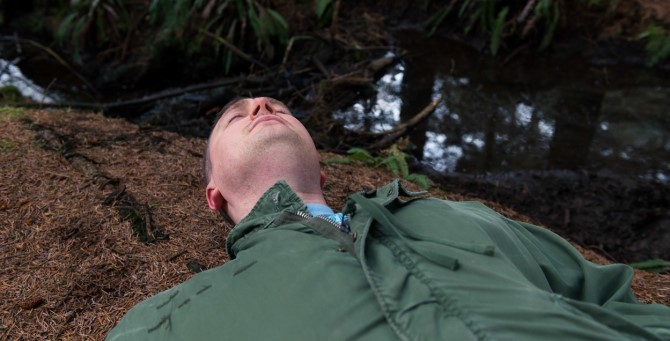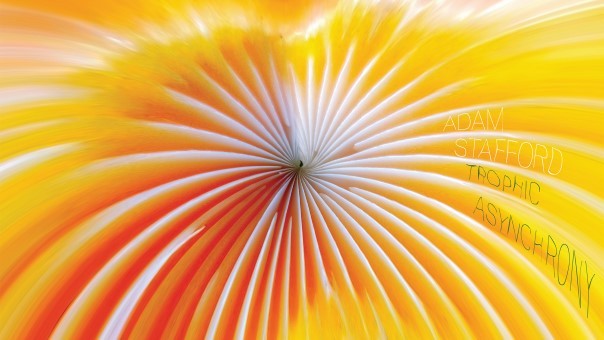Scottish composer and filmmaker Adam Stafford returns with Trophic Asynchrony, a vivid exploration of our relationship with nature at a time of intersecting crises. Written and recorded during lockdown, the predominantly instrumental album takes its title from the cascade of non-seasonal events due to climate change; of swallows returning in winter, of blizzards in summertime and daffodils at Christmas.
Through mutating patterns, expressive textures and Stafford’s instinct for rhythmic experimentation, Trophic Asynchrony teams with life: its eight immersive tracks foregrounding the confusion of these relentlessly strange days of political chaos, plague and ecological precarity.
“We’re at a real critical crossroads in terms of where humanity is heading and the systems of neo-liberal excess are happy to eat themselves to death while the rest of us either shrug or shake our heads,” says Stafford, who tracked the album in four days with Robbie Lesiuk.
Lesiuk has been a regular collaborator on Stafford’s prolific output, notably on 2018’s ambitious, classical-influenced album Fire Behind The Curtain. While the diamond-sharp intelligence of that highpoint shimmers on here, Trophic Asynchrony is a sleeker, more aerodynamic affair, with the Falkirk multi-instrumentalist drawing on his parallel work as a photographer and filmmaker to focus on imagery and emotion rather than lyrics.
“I certainly had particular ideas in my head when I was writing stuff like the first track ‘Carnivore Of Lawns’, which is supposed to evoke birds lifting off the ground in flight,” says Stafford, naming JA Baker’s classic nature study The Peregrine and Winged Migration, an extraordinary 2001 documentary where filmmakers positioned the viewer amid flocks of migrating birds. Over the trill of a simple three-note figure, Carnivore Of Lawns layers keys, bells and chimes in patterns which interact and change; at once suggesting the meticulous biomechanics of flight and the freedom of a birds-eye view.
Just as Baker’s poetic work saw the naturalist’s own sense of self seeming to merge with that of the ruthless hawks, there’s a soaring, near transcendent mode to Ruptured Telecine and Nested Octohedra, movements of off-planet electronica where digital splurges coalesce and separate, like colours on laboratory blotting paper or a rainbow seen from high in the atmosphere.
Stafford improvised the latter’s heavy breath rhythms during recording. “Some people have said that it’s reminiscent of Inuit breath games, which wasn’t my intention,” he says. “I was imagining it being more like running, of trying to out-run a malevolent entity in an increasingly oppressive computer game.” He continues: “We’re always running from something in life, debt, work, old skeletons chasing us down and death. Currently, fear of death is palpable and we can only operate within the framework of the game in which we are stuck.”
Trophic Asynchrony’s oldest track dates back to around November 2018, when Falkirk poet Janet Paisley died at the age of 70. Known to Stafford since boyhood, Paisley’s poem ‘Watter’ was the basis of Stafford’s second short film No Hope For Men Below (2013). It also includes the phrase “thrapples clag” (“lump in the throat”) the title of the album’s poignant closing track, which is dedicated to the poet’s memory.
The tone of loss pervades Trophic Asynchrony’s final third, with Driver Of An Endless Latin Hearse conjuring mourners in a vast desert while the widescreen Threnody For February Swallows bristles with unease.












